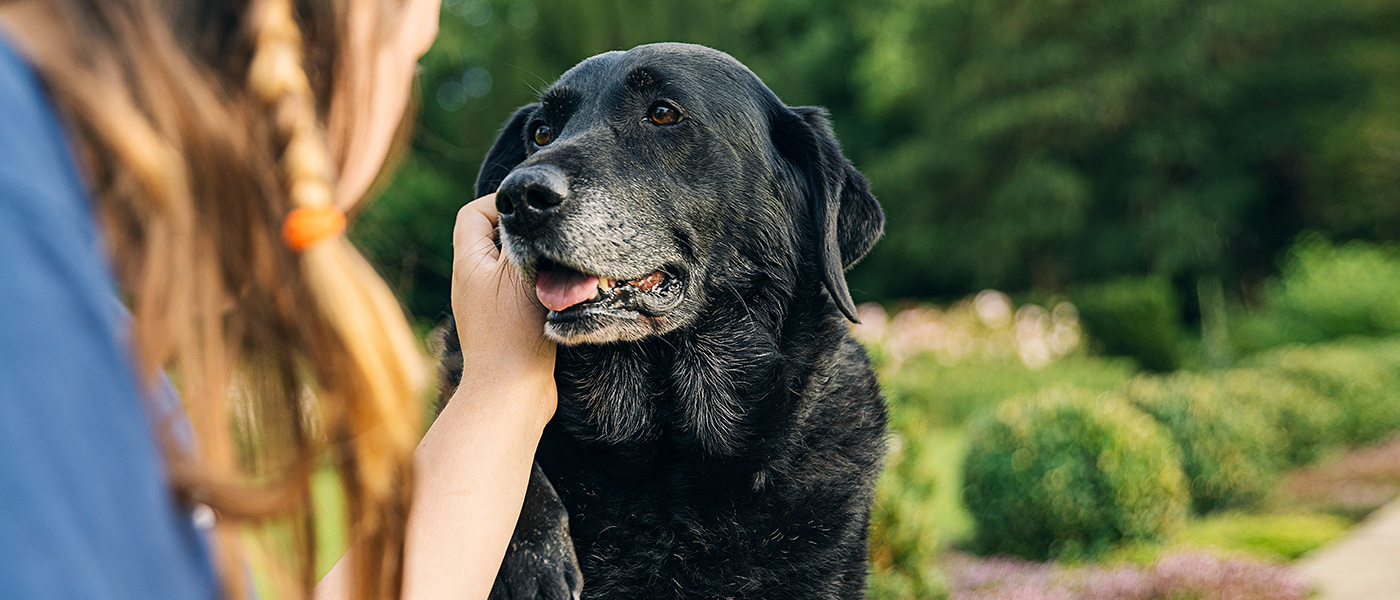

practicing a dog-friendly greeting
It is widely encouraged that nobody approaches and touches a dog they are not familiar with, but even when we are given permission from owners, not everybody knows how to practice a dog-friendly greeting in which takes into consideration that just because the human said we could, doesn’t mean the dog gives its consent.
getting consent
Consent from your dog is as important as it is in people. It gives them a voice and choices. Listening and responding to what your dog is telling you prevents some behaviours from escalating and builds their trust and relationship with you. You become a ‘safe’ person to be around because you respect what they are trying to communicate, thus making them more likely to enjoy your company and want to be around you.
Initial Greeting
Dogs have developed a keen sense of smell, far superior to a human and, therefore are olfactory explorers. Smelling you at a distance they are comfortable with, or an offered hand is the best way for them to investigate you.
For some dogs, towering over them can be intimidating, so crouch down to their level, but never settle on the floor in case you need to stand up quickly. Get low and offer your hand out to them without pushing it towards them. This is giving them the first choice, and control over their situation; they can either approach you of their own free will, ignore you, or walk away. If they ignore you or walk away, these are clear, polite signs they are not interested. Think consent. If somebody has told us ‘No thank you’, it would be rude to force them to interact when they have said plainly, they do not want to.
However, sometimes a dog may want to greet you, but they are unsure and may need a little encouragement. They may pace around, step closer and further in uncertainty, whine or watch you.
Dogs can detect sounds up to four times quieter than what we hear, so for dogs that are not showing typical ‘happy’ signs at wanting to greet you, a soft, calm voice can be reassuring. It is important not to invade their personal space if they are not explicitly asking you to interact and touch them. Stay where you are and let them control the distances in which they put themselves.
Each dog will have its own threshold of comfort. Some will need to have a large space between you in order to feel safe, some maybe a foot or two in front of you. We want to show that good things happen when they come closer, without making them feel like they have to. Throw their favourite treat away from you toward them. If they eat it, you can throw another slightly closer to you, repeating the technique until they feel safe in your space, whilst also reading their body language. If the dog stops taking the treats, you have found their threshold. Take a step back and throw the treat further again, reinforcing that they can stay in their comfort zone and it is their choice to come closer. If a dog is uncertain, anxious and anything in-between, it is often best you do not touch them. If you know the dog and know that it responds well to being touched as a reassurance, then cater to the individual.
If you are within reach to stroke a dog that appears comfortable around you, consider that just because they are happy near you, does not equal to wanting to be touched. Always start of initiating what is known as the ‘Touch Test’, and this can even be used for your own pets!
Dogs communicate using their body language. Ensure to pay close attention to their eyes, ears, muzzle, head and body posture, their fur (hackles), tail and limb position during interactions.
The following link provides a good step-by-step guide on how to perform the touch test, and signs to look out for to see if the dog is enjoying it and wants you to continue, or whether it is nonplussed and would rather you stop.
The Canine Consent Test – Give Dogs A Voice » Pooch On A Couch
The touch test is best executed when the dog is free to move without the restraint of a lead, as theycan move about in all different directions and come and go as they please. The test can beundertaken by leashed dogs you are new to; however, it does not provide them with as muchfreedom as they are unable to set their own threshold, and so they may behave differently to whatthey may do off-lead.
The dog below enjoys his chest being stroked and is typical of him to lower his head in enjoyment.Even during the interaction, he offers his paw to keep your hand close. After 3 seconds, the hand iswithdrawn and the dog’s reaction tells you what they want. Here, you can see him pawing for more.In each photo, his eyes are soft, ears and body relaxed. This dog shows no signs of fear or anxiety. Itis key you observe even the most subtle changes in their body language and react accordingly.


